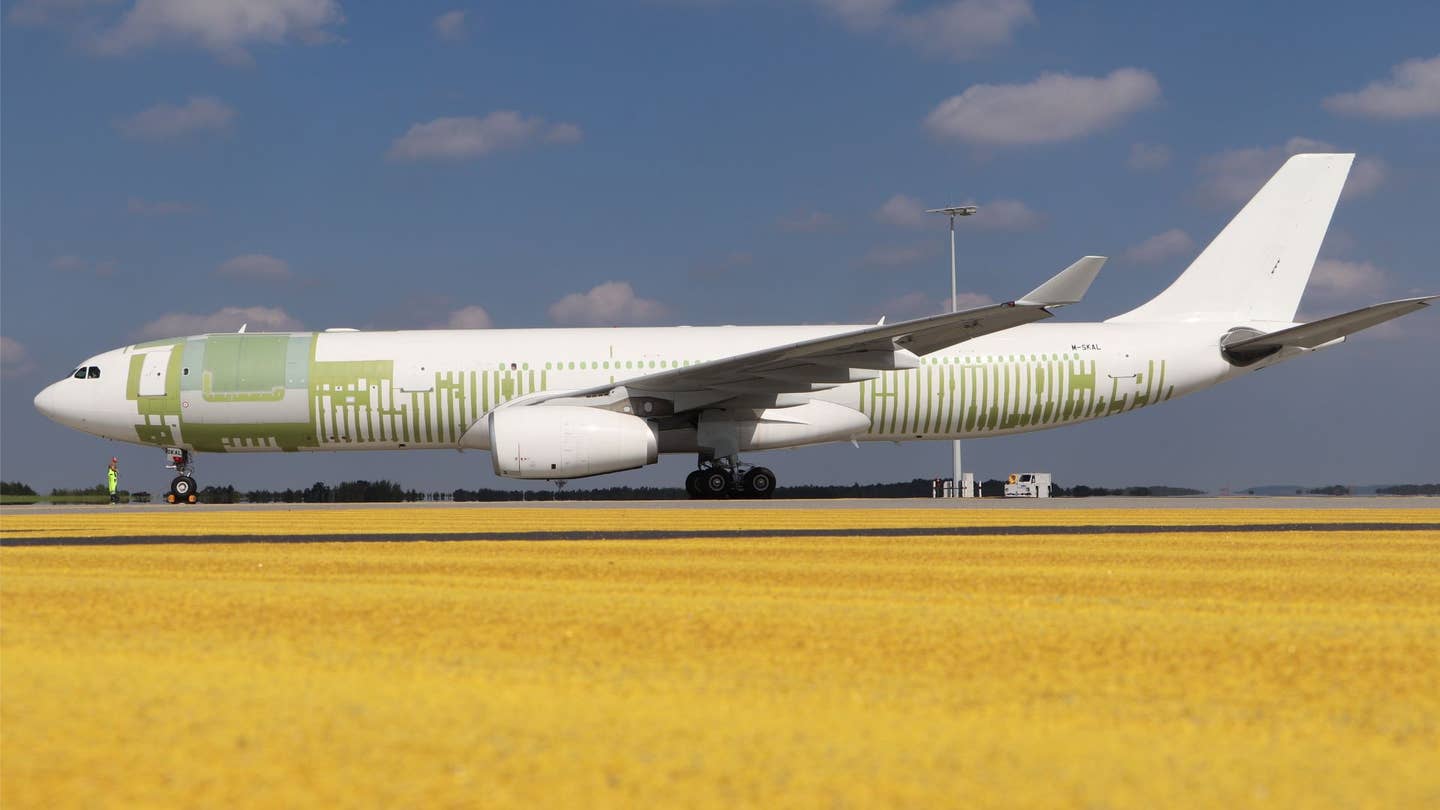
An Airbus A330-300 passenger-to-freighter plane converted for DHL before application of paint and logo. EFW
Editor’s Note: This article originally appeared on FreightWaves.com.
By year’s end, Airbus plans to open a production line in the U.S. for converting used A321 passenger jets into freighters as part of an expansion strategy that will triple output by 2024 for the narrowbody aircraft and the larger A330, according to a company official.
The company is setting up a new conversion line in San Antonio for the smaller A321 program that is scheduled for completion in December. It also plans to establish production facilities in China and the U.S. for the A330 reconfiguration in 2022, spokeswoman Anke Lemke told FreightWaves.
Investments by the aircraft manufacturer, and aftermarket competitors, are designed to address rapidly growing demand from express delivery and regular all-cargo operators with heavy shipment volumes.
Elbe Flugzeugwerke (EFW), a joint venture between Airbus and Singapore’s ST Engineering, is increasing its capacity to the point that it’ll be able to produce about 60 converted aircraft per year for conversion—about 30 each for the A330 and the new A321 narrowbody conversion programs—by 2024. That’s up from the 19 conversions it expects to carry out this year, Lemke said.
In each of the planned production expansions, EFW will partner with existing airframe repair facilities.
What it Takes
Converting used aircraft into cargo configuration is a complex engineering task that requires extensive design work before cutting a large cargo door in the fuselage for loading containers on the main deck, as well as reinforcing the floor, adding a rigid barrier to protect the cockpit and installing a cargo handling system for maneuvering containers.
Nearly all of EFW’s production slots for the A330 have been booked through 2026, and the company is fully booked through mid-2024 for the A321 program, Lemke said.
In August, BBAM Limited Partnership placed an order with EFW for 18 passenger-to-freighter conversions of the A321, the largest order so far for new aircraft. EFW delivered its first A321 a year ago and has only converted a handful of the small jets into pure cargo aircraft so far.
EFW said at the time that many of the conversions for BBAM will be carried out at ST Engineering’s airframe facility in the U.S. The company previously said that ST Engineering will be adding an A321 conversion line at its VT Mobile Aerospace facility in Mobile, Alabama.
Why This Matters
Analysts expect the A321 to be in high demand because of its ability to carry small containers in the lower deck, which makes loading and unloading faster, and its 15 percent greater fuel efficiency compared to the Boeing 737-800, its most direct competitor that has been in the market for nearly four years.
Feedstock for the relatively young aircraft type is also high because of the pandemic’s damage to airlines, which have an incentive to move out of late-model airplanes because the A321 passenger version is still being produced by Airbus.

Sign-up for newsletters & special offers!
Get the latest FLYING stories & special offers delivered directly to your inbox






